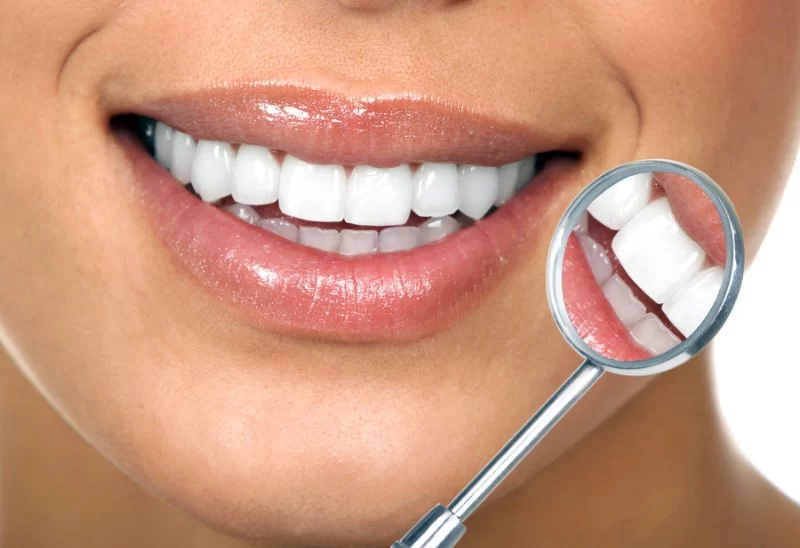
What is Oral Hygiene and How to Maintain a Healthy Smile?
1. Understanding Oral Hygiene
Oral hygiene refers to the practice of keeping your mouth clean and free of disease-causing bacteria by regularly brushing and flossing your teeth. Maintaining good oral hygiene is essential for overall health as it helps prevent dental problems like cavities, gum disease, and bad breath. But oral hygiene is more than just brushing your teeth; it involves taking steps every day to care for your mouth and gums to avoid issues down the line.
2. The Basic Steps of Oral Hygiene
When it comes to oral hygiene, a few basic steps can make a significant difference in the health of your teeth and gums. Let’s break down these essential actions:
2.1 Brushing Your Teeth
The most fundamental practice in oral hygiene is brushing your teeth. Brushing removes food particles and plaque that can cause decay and gum disease. It’s important to brush twice a day – once in the morning and once before bed. Here are some tips to ensure effective brushing:
- Use fluoride toothpaste: Fluoride helps protect your teeth against cavities.
- Choose a soft-bristled toothbrush: Hard bristles can damage your gums and enamel.
- Brush for two minutes: Spend at least two minutes brushing to clean all surfaces of your teeth.
- Brush gently: Avoid vigorous scrubbing as it can harm your gums.
2.2 Flossing: The Unsung Hero of Oral Hygiene
Flossing may not get as much attention as brushing, but it’s just as crucial. Brushing cleans the surface of your teeth, but flossing reaches between them, where food and plaque can hide. By flossing once a day, you can help remove plaque and reduce the risk of cavities and gum disease. Here’s how to floss properly:
- Use about 18 inches of floss: Wrap most of it around your fingers and leave a small portion to work with.
- Gently slide the floss between your teeth: Avoid snapping it in, as this can hurt your gums.
- Curve the floss around the base of each tooth: Make a “C” shape to clean both sides of the tooth.
2.3 Rinsing with Mouthwash
Mouthwash can be a great addition to your oral care routine. It helps wash away any leftover food particles and kills bacteria that can lead to gum disease. Some mouthwashes contain fluoride, which strengthens your tooth enamel. Rinsing once or twice a day after brushing and flossing can further promote clean and fresh breath. Choose a mouthwash that suits your specific needs, whether it’s for plaque control, freshening breath, or reducing gingivitis.
3. Diet and Oral Hygiene
Your diet plays a vital role in the health of your teeth and gums. While brushing and flossing are essential, a balanced diet also helps in preventing tooth decay and gum disease. Foods that are high in calcium, such as cheese, yogurt, and leafy greens, are beneficial for your teeth. On the other hand, sugary foods and drinks contribute to plaque buildup and should be consumed in moderation.
Here are a few oral-friendly foods:
- Fruits and vegetables: Apples, carrots, and celery naturally clean your teeth and stimulate saliva production, which protects your teeth from decay.
- Dairy products: Cheese and milk are rich in calcium and phosphorus, which help strengthen tooth enamel.
- Green tea: Green tea contains compounds that reduce inflammation and bacteria in the mouth.
4. The Importance of Regular Dental Check-ups
Even if you have a perfect oral hygiene routine, regular dental visits are essential. Dentists can detect early signs of dental problems, such as cavities, gum disease, or oral cancer, which might not be visible to the naked eye. Professional cleanings help remove tartar buildup that brushing and flossing can’t. Aim for a dental check-up at least once every six months, or more often if recommended by your dentist.
5. Real-Life Example: Emma's Improved Oral Health Journey
Emma, a 29-year-old office worker, had always struggled with gum issues. Despite brushing her teeth regularly, she found that her gums were often inflamed and bled when she brushed. After visiting her dentist, Emma was advised to improve her flossing routine and use a fluoride mouthwash. The dentist also recommended reducing her intake of sugary snacks and incorporating more crunchy fruits and vegetables into her diet. Over the next few months, Emma followed these recommendations and noticed significant improvement in her gum health. Her bleeding gums were no longer an issue, and her dental check-ups were much smoother.
6. Common Oral Hygiene Mistakes to Avoid
Even the most diligent brushers and flossers can make mistakes that undermine their oral hygiene efforts. Here are some common mistakes to watch out for:
- Brushing too hard: Brushing with too much force can damage tooth enamel and irritate your gums. Be gentle with your brushing technique.
- Skipping flossing: Skipping flossing means you’re missing the spaces between your teeth, where plaque can accumulate.
- Using the wrong toothbrush: Opt for a soft-bristled toothbrush to avoid damaging your gums and enamel.
- Not visiting the dentist regularly: Even if you brush and floss diligently, regular dental check-ups are still crucial for maintaining oral health.
7. Conclusion: Build a Consistent Oral Hygiene Routine
In conclusion, an effective oral hygiene routine involves regular brushing, flossing, mouthwash, and a healthy diet. Remember, your oral health impacts your overall well-being, so it's worth investing time and effort into maintaining it. By following these simple steps and being mindful of the foods you consume, you can enjoy a healthy smile and prevent future dental problems.
For professional dental care and advice, visit Family Dentistry Online to find the best services tailored to your needs.

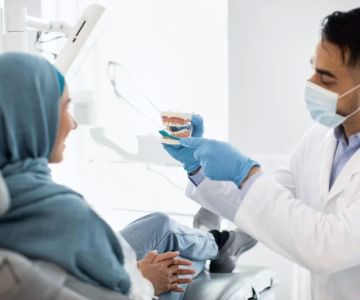

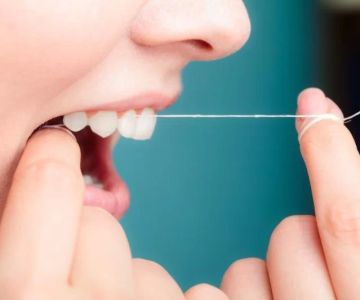
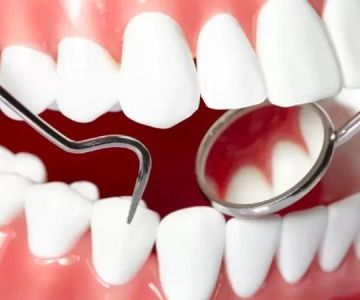

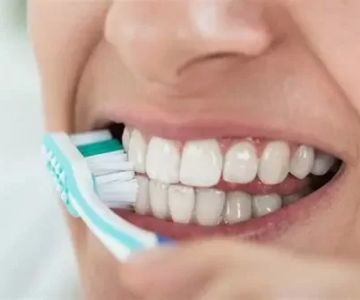
 Forest Orthodontics and Pediatric Dentistry4.0 (285 review)
Forest Orthodontics and Pediatric Dentistry4.0 (285 review) Vineetha Thomas, D.M.D.0.0 (0 review)
Vineetha Thomas, D.M.D.0.0 (0 review) Glamorous Smile Dental Spa5.0 (17 review)
Glamorous Smile Dental Spa5.0 (17 review)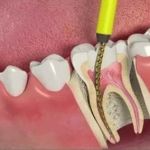 San Fernando & Pacoima Family Dental4.0 (55 review)
San Fernando & Pacoima Family Dental4.0 (55 review) Absolute Dental - Sunset4.0 (726 review)
Absolute Dental - Sunset4.0 (726 review) Green Tree Dental4.0 (58 review)
Green Tree Dental4.0 (58 review) The Importance of Oral Health Education During Pregnancy for a Healthy Pregnancy
The Importance of Oral Health Education During Pregnancy for a Healthy Pregnancy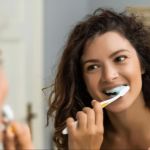 Best Tips for Brushing Your Teeth Properly for Healthy Gums: Essential Techniques for Oral Health
Best Tips for Brushing Your Teeth Properly for Healthy Gums: Essential Techniques for Oral Health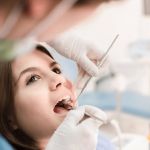 Why Skipping Dental Checkups Can Lead to Bigger Oral Health Problems
Why Skipping Dental Checkups Can Lead to Bigger Oral Health Problems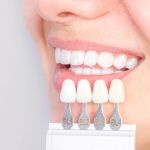 Advantages of Porcelain Dental Restorations
Advantages of Porcelain Dental Restorations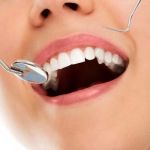 How Can Diabetes Cause Tooth and Gum Problems? Preventing and Managing Oral Health Issues
How Can Diabetes Cause Tooth and Gum Problems? Preventing and Managing Oral Health Issues Healthy Habits for Promoting Good Oral Health and Hygiene: Tips for a Healthy Smile
Healthy Habits for Promoting Good Oral Health and Hygiene: Tips for a Healthy Smile